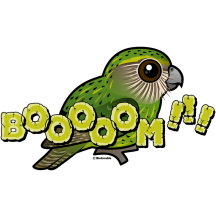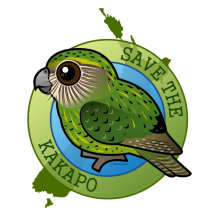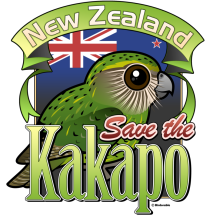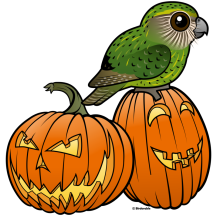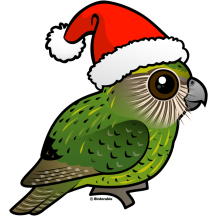The Kakapo, also known as the owl parrot, is an extraordinary bird, unique not only to New Zealand's avian community but in the world of birds at large. This nocturnal parrot is known for its hefty size, making it the world's heaviest parrot, and its flightless nature, a rare characteristic among parrots.
Sporting a distinctive mossy green and yellow plumage that blends seamlessly into the forest floor, the Kakapo is perfectly adapted to its ground-dwelling lifestyle. Its facial disc of fine feathers gives it an owl-like appearance, a trait that enhances its night-time foraging abilities.
Kakapos are herbivores, feasting primarily on native plants, seeds, fruits, and pollen. Their breeding cycle is highly unusual, being closely tied to the fruiting cycle of certain native trees, and they are known for their elaborate and booming mating calls.
Sadly, the Kakapo is critically endangered, with conservation efforts intensifying to protect this unique species. Factors such as introduced predators and habitat loss have drastically reduced their numbers. The remaining Kakapos are closely monitored and protected in their natural habitat on predator-free islands, making every individual vital to the species' survival and a precious symbol of conservation efforts.
































